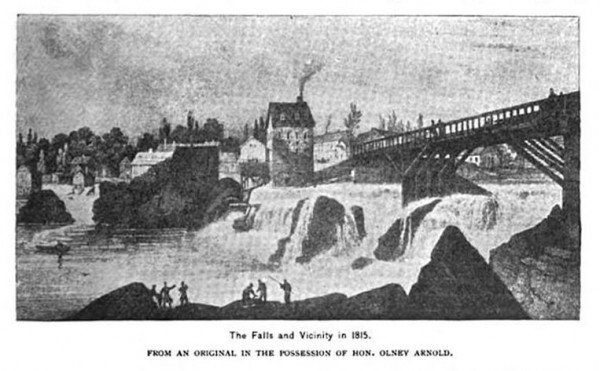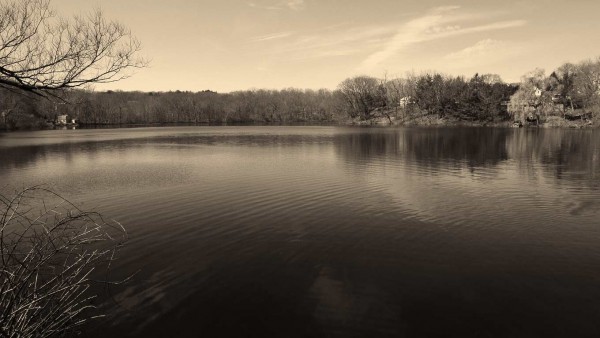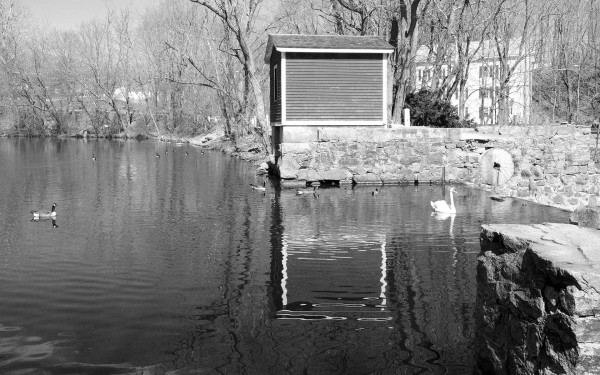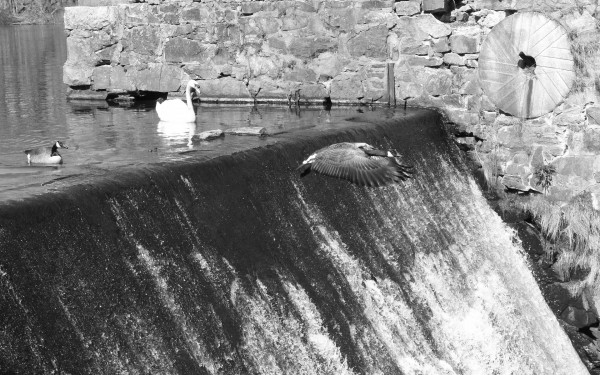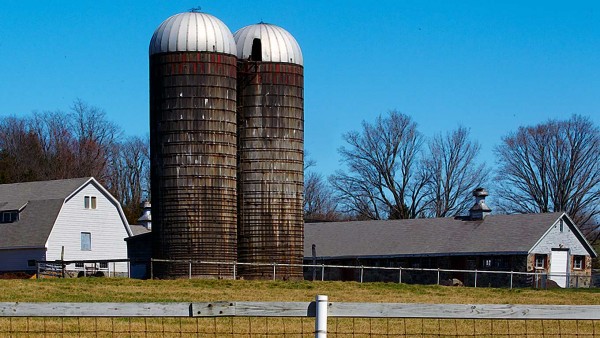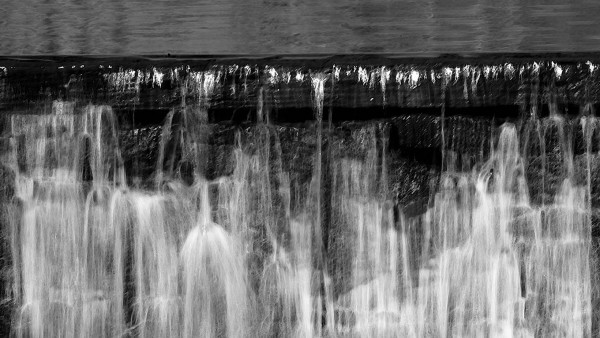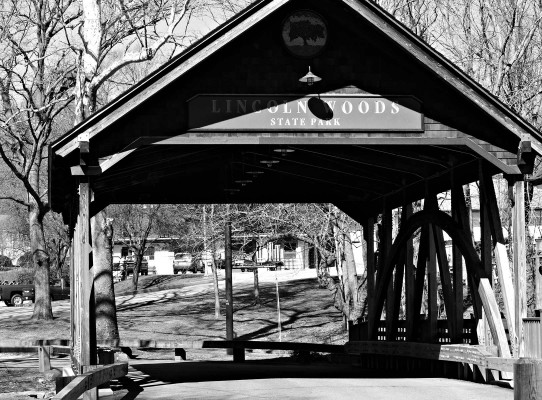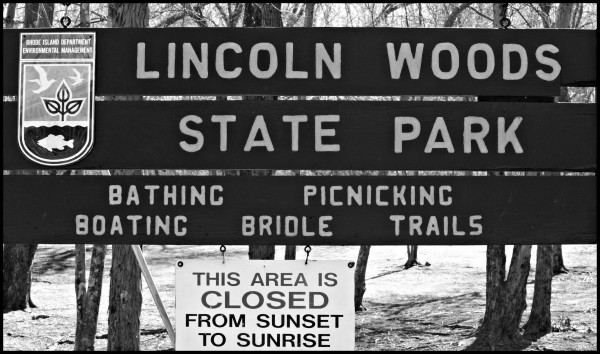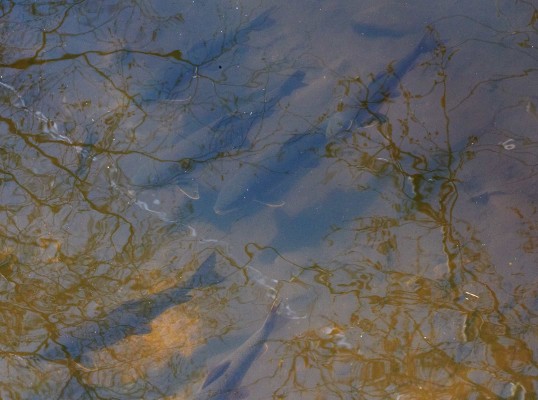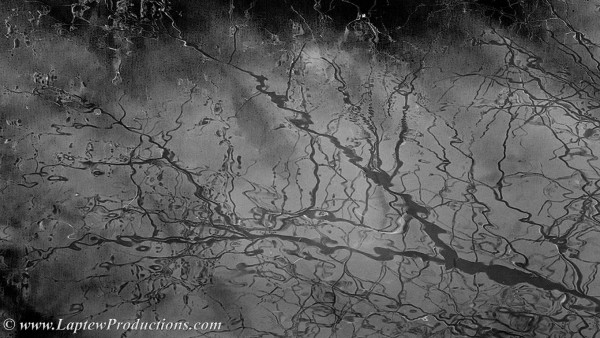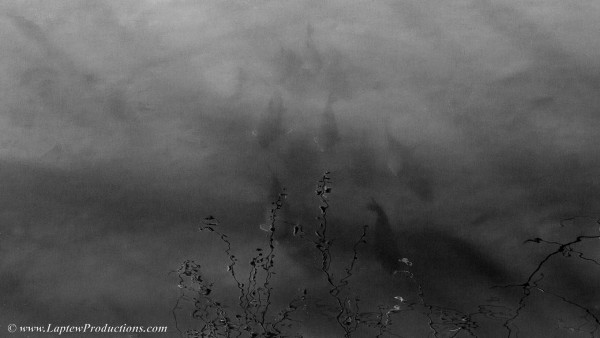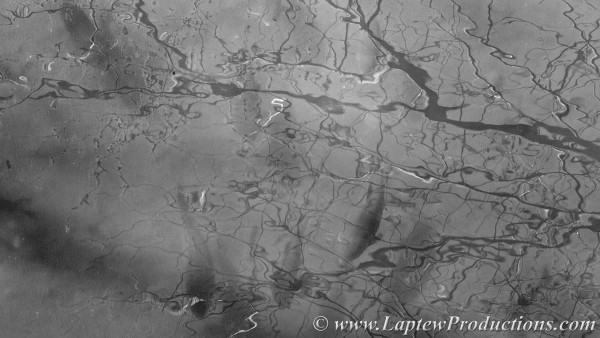Tag : sucker
For a 12 year old kid, the annual sucker run was a springtime ritual
April 1962
It was a different world back then. Although I was born in Pawtucket, the city credited with starting the American Industrial Revolution, I never thought of myself as a city-kid, I thought you had to live in Brooklyn or the Bronx to live in a real asphalt jungle. After all, I only had to walk three or four miles and I had ponds, rivers, creeks and lakes to explore.
Each spring (usually during school break in April) I would mount an expedition to the northern reaches of the Moshassuck River to see if the suckers had returned to spawn. The Narragansett Indians named the river “Moshassuck” meaning “river where moose watered.” I can assure you I never saw any moose on my treks north, but on more than one occasion I saw some moose-sized rats.
The Moshassuck river once held salmon, but that was before the dams were built to power the early textile factories and base-metal works in the seventeenth and eighteenth centuries. It was so polluted back then it was blamed for Rhode Island’s cholera outbreaks of 1849 and 1854. The river was much cleaner in 1962, in fact on most days the river ran blue…indigo blue, or navy blue, even lipstick red, depending on what dyes the finishing plant was dumping into the river.
The four mile journey to the fishing grounds would take me over the railroad tracks, by the slaughterhouse and the incinerator, past the dump, alongside Lorraine Mills and finally to the poison ivy & sumac covered shores of Barny Pond in Saylesville…can you hear John Denver singing “Thank God I’m a Country Boy” in the background? Barny’s always deserved at least a few casts; what it lacked in big largemouth bass at the time, it made up for with huge crappie and sunfish. From Barny it was up the road to Lincoln Woods and then to Butterfly Pond — all that effort just for the chance to see, never mind catch one of those elusive white suckers.
March 2012
Back to Barny Pond
After leaving Dick’s Sports and Hobby Shop, Captain Jim White and I retraced the route we would take as kids, fifty years ago. Despite the fact that the two of us use to fish the same small ponds, streams and rivers, we never ran into one another on any of our angling sorties. This trip would hopefully result in our finding at least one or two suckers preparing to spawn.
We stopped by Barny Pond for a few casts with the fly rod. When my back cast wrapped the leader around a power lines across the street, I soon remembered why I had become so proficient at roll casting at an early age.
Off to Butterfly
Ten minutes later we were on our way to Butterfly Pond, on the way there Jim pointed out the hills where he use to hunt rabbits and quail. Jim went on to explain, “In those days you wouldn’t get a second look as you rode your bike down the road with a shotgun strapped to the side.” I commented, “Your right! In fact if some old Yankee saw you ride by, he would probably think, “Now there goes a good boy.” Nowadays you would have a SWAT team waiting for you in the corn field.
When we arrived at Butterfly Pond we immediately saw trout rolling on the surface as the 75 degree temperatures set off a hatch. We surveyed the water, but didn’t see a single sucker. Perhaps it was too early? Perhaps there were no more suckers? Was the run a thing of the past, like hunting in the nearby hills?
Last Chance at Lincoln Woods
We headed back down stream to Lincoln Woods where a covered bridge greeted us at the entrance to the park. Five decades ago suckers stacked up near the bridge, but would they be here today?
We pulled the van over to the side of the road and eagerly looked into the tannin stained water for signs of life. At first all we saw were a few small sunfish and a couple of small bass, then over a patch of gravel we saw the unmistakable torpedo shape of a white sucker feeding on the bottom. I can’t describe the joy that seeing that one fish brought to me. It wasn’t the first cliff swallow to return to San Juan Capistrano. It was nowhere near as amazing as the multi-generational migration of the Monarch butterflies that covers up to 2,800 miles, but to me it represented all the wonderful things it represented 50 years ago. It’s about renewal. It’s about being in tune with the cycles of nature. It’s about wilderness and where you can find it. It’s about survival. And finally, it’s about tradition and the fun of sharing the experience with someone.
Despite the many changes in the world today, it’s nice to see some things continue on…especially spawning rituals that were established when the glaciers first melted. Let’s hope there IS one born every minute — in the waterways that benefit from their presence.
Slide show from 3/16/2012:


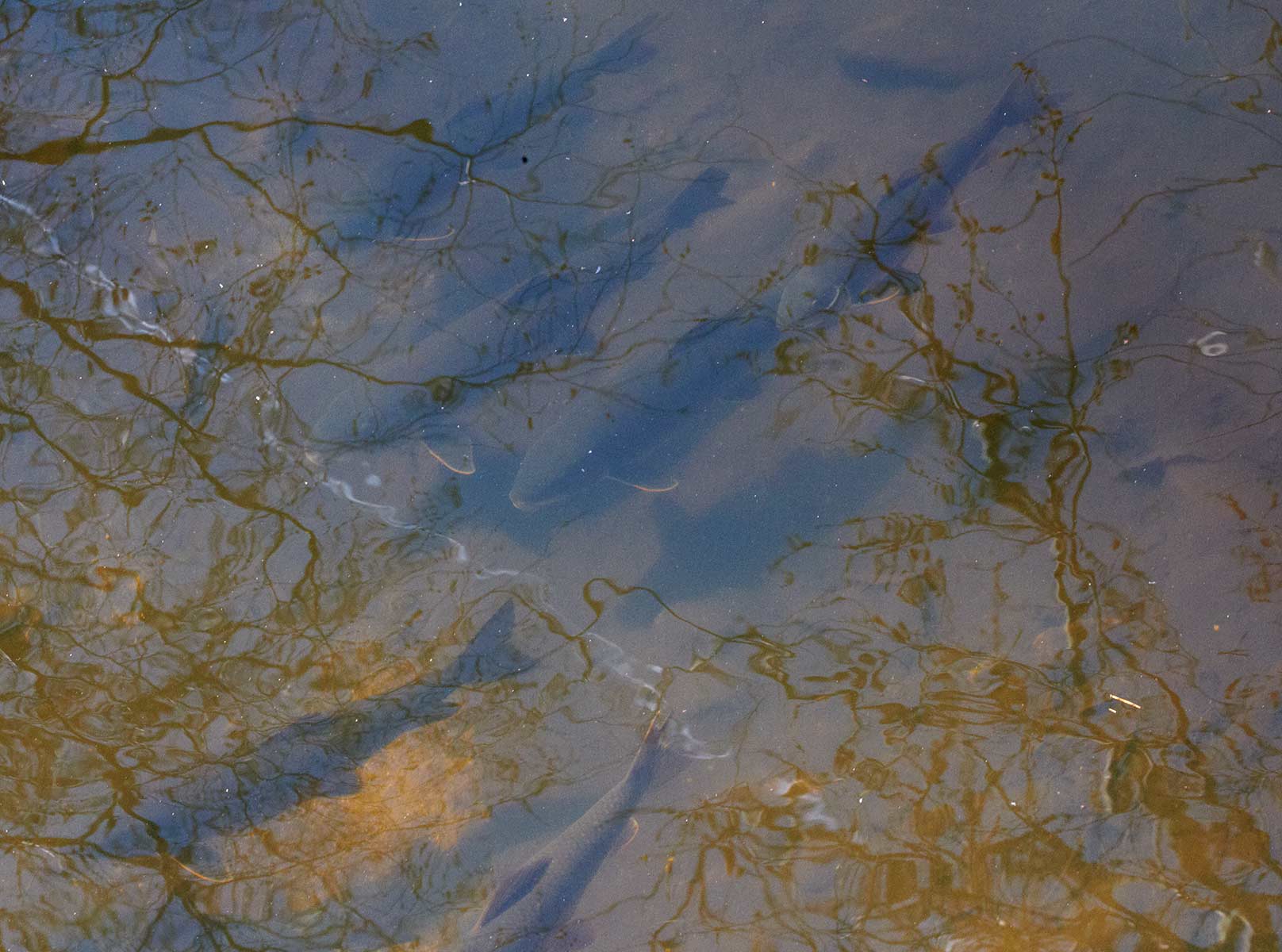
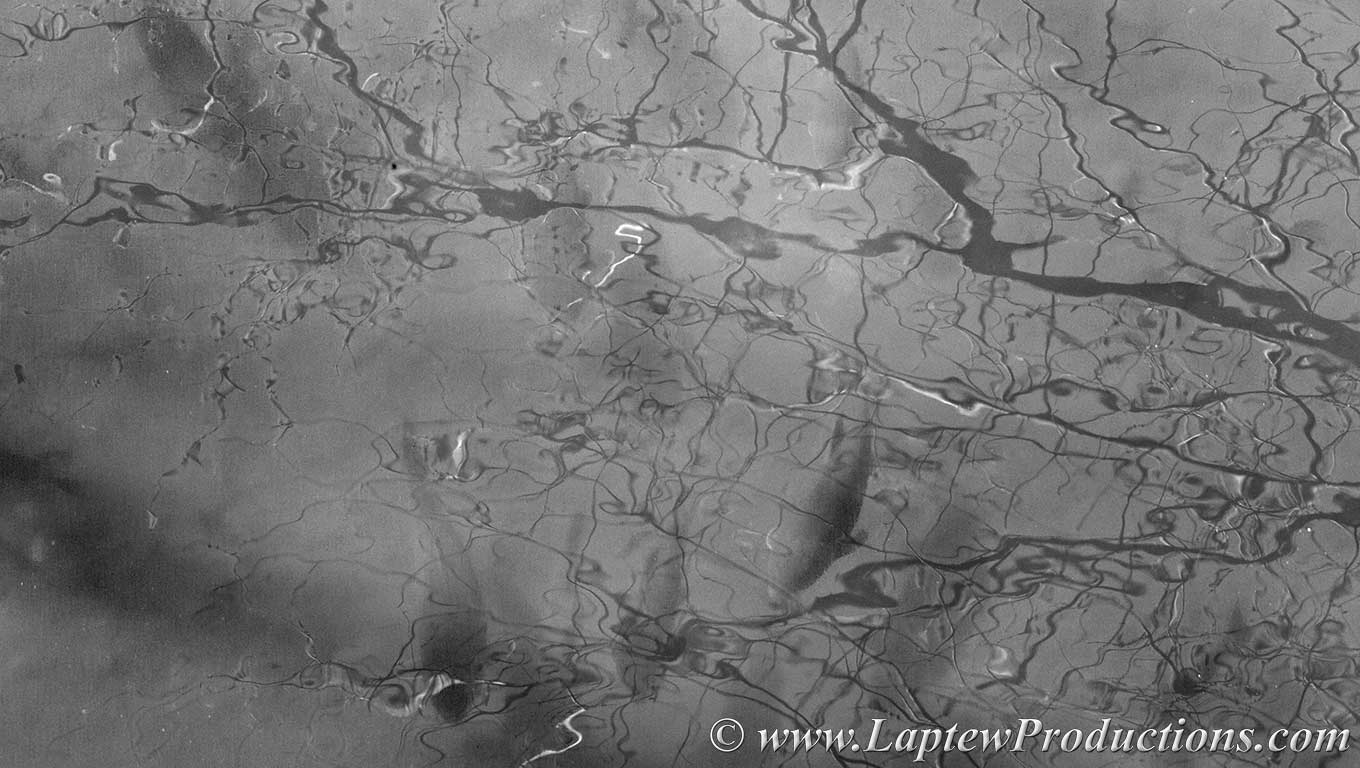
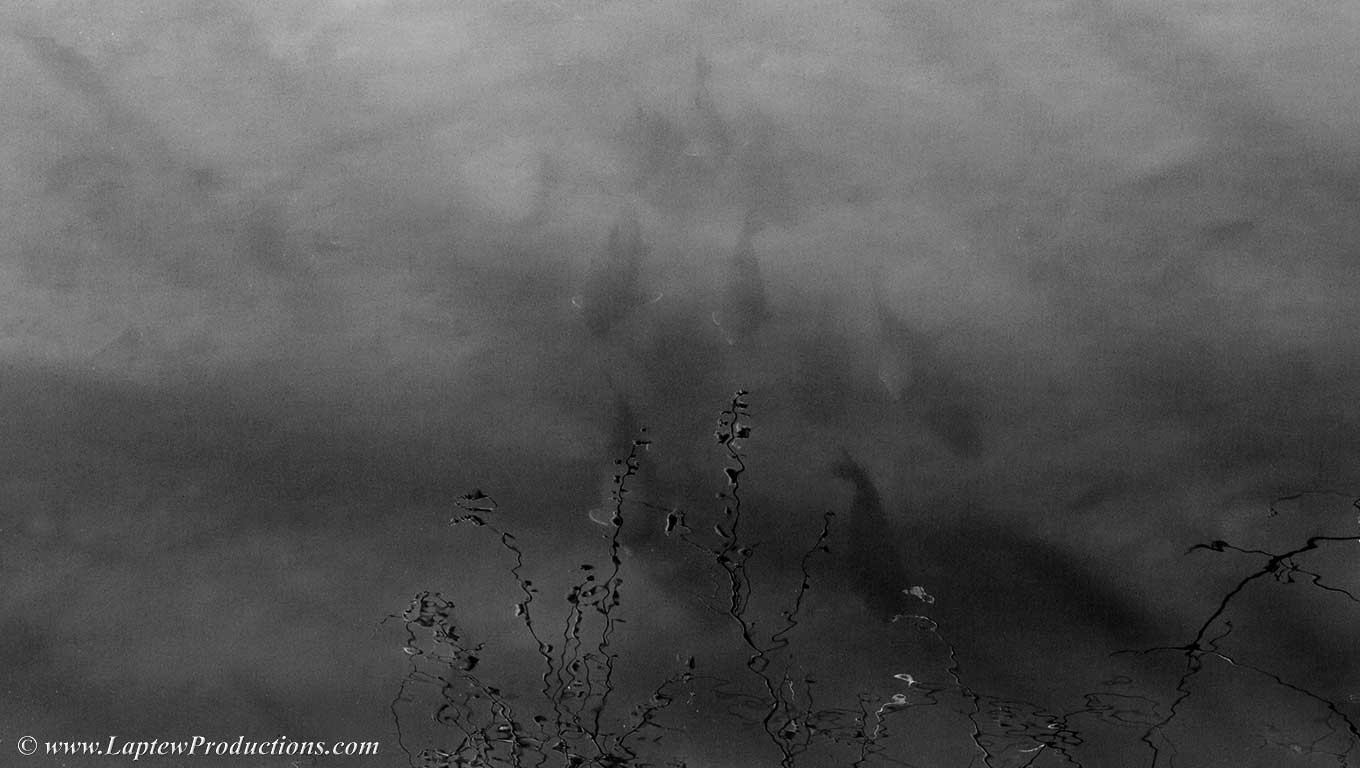
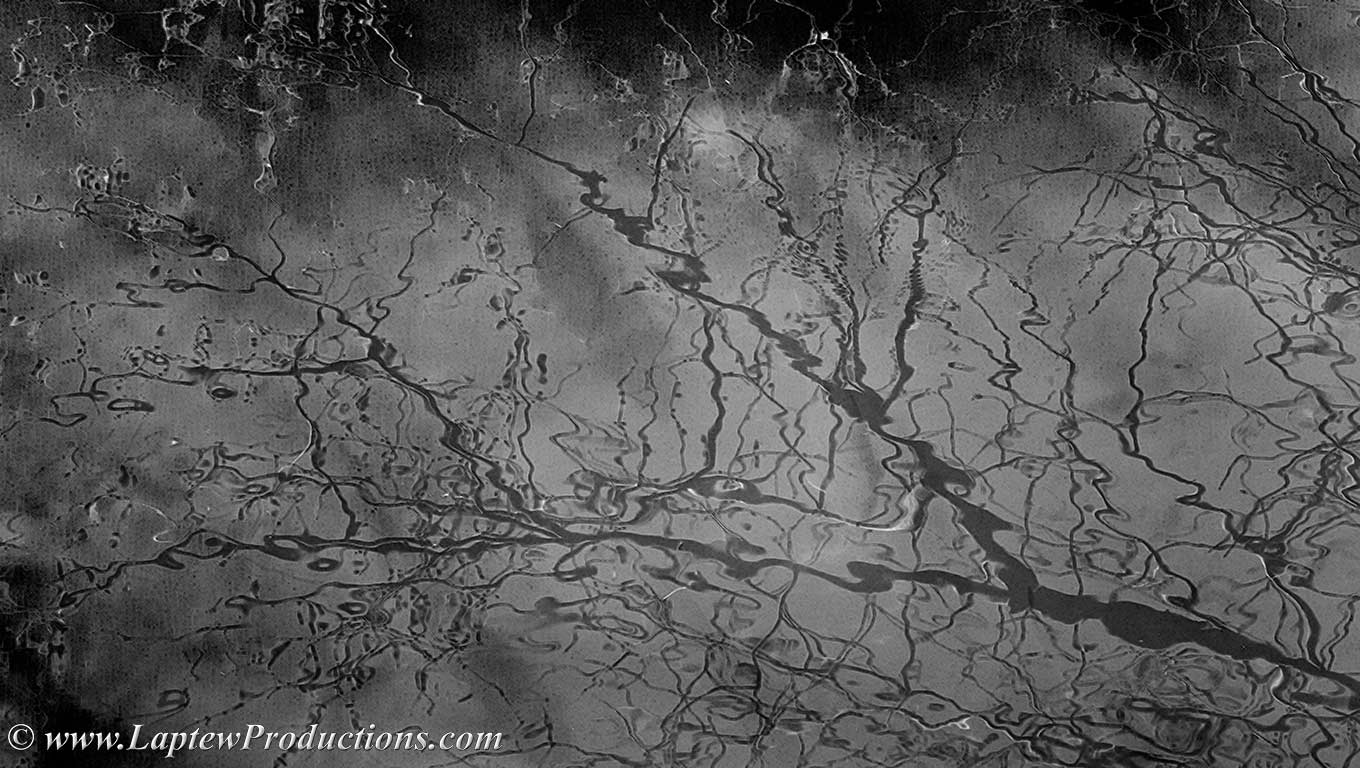
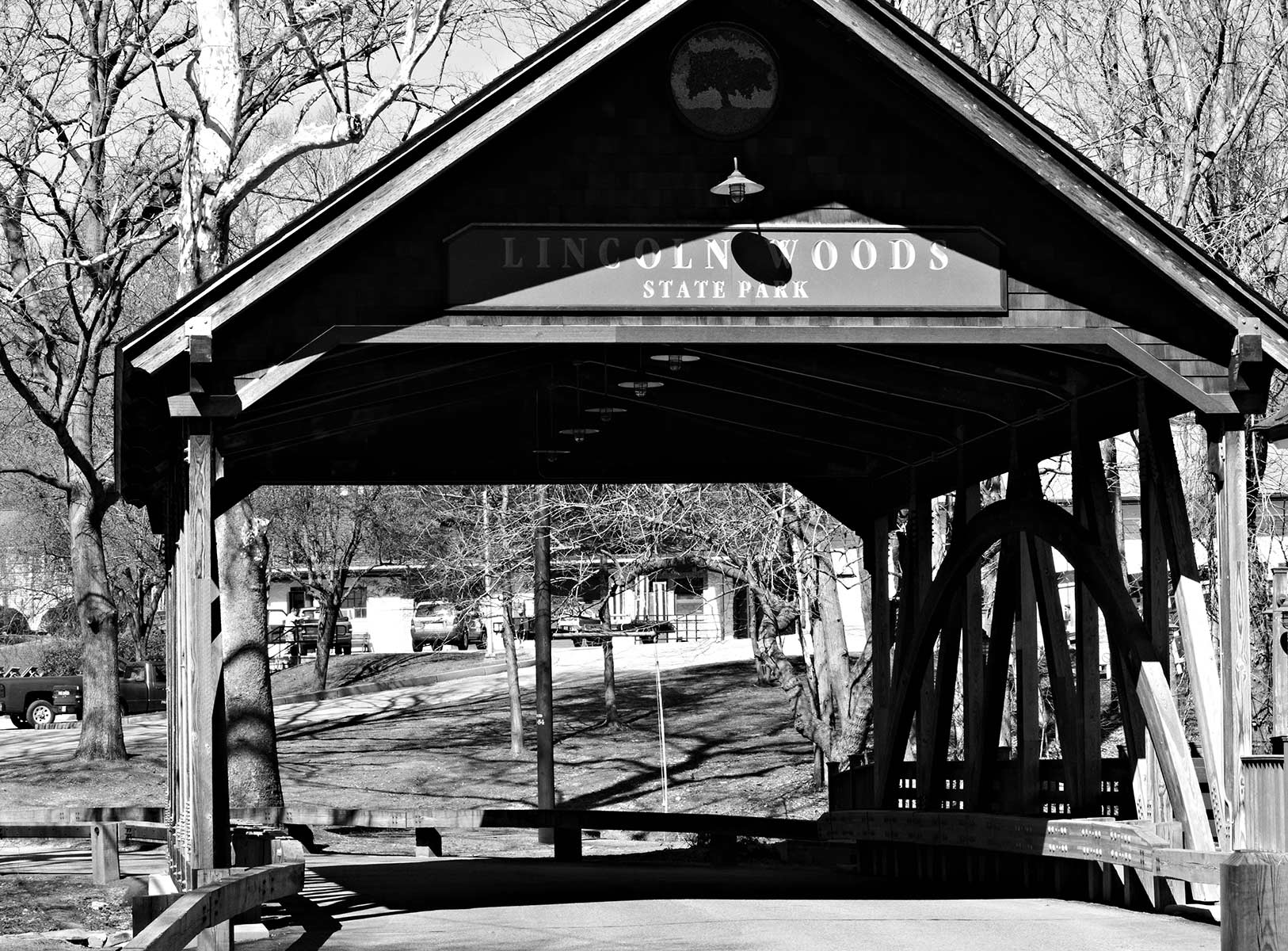
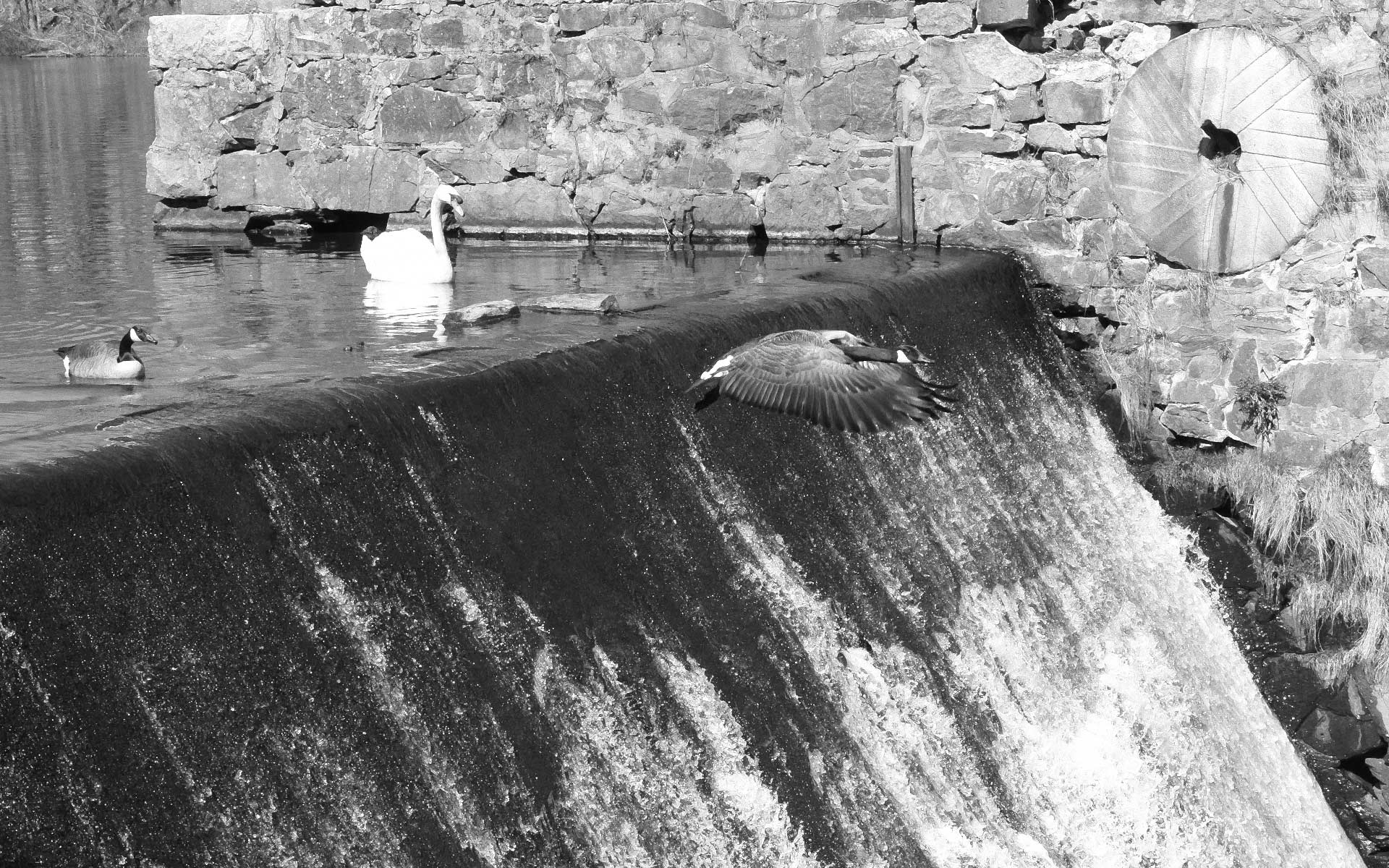
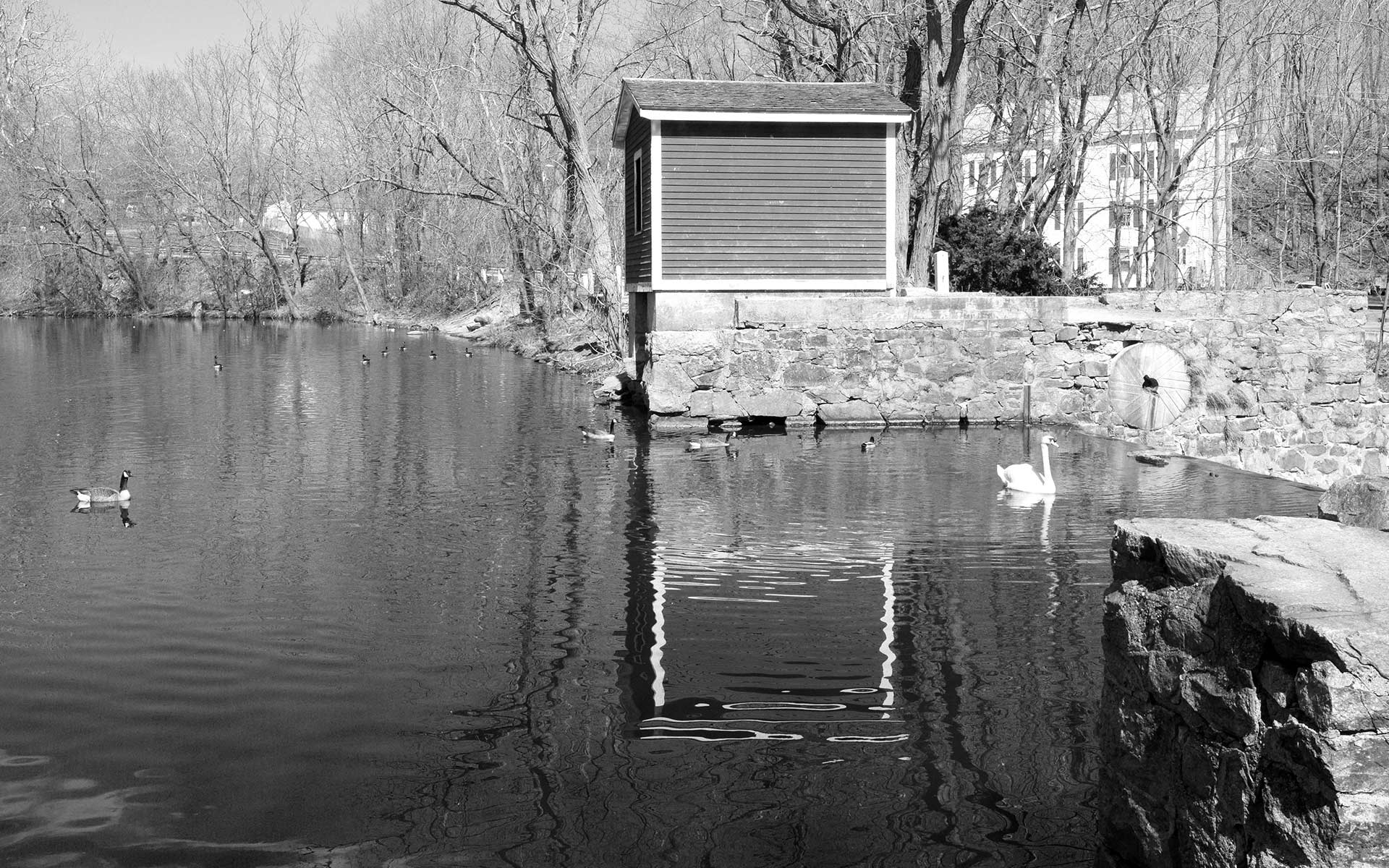
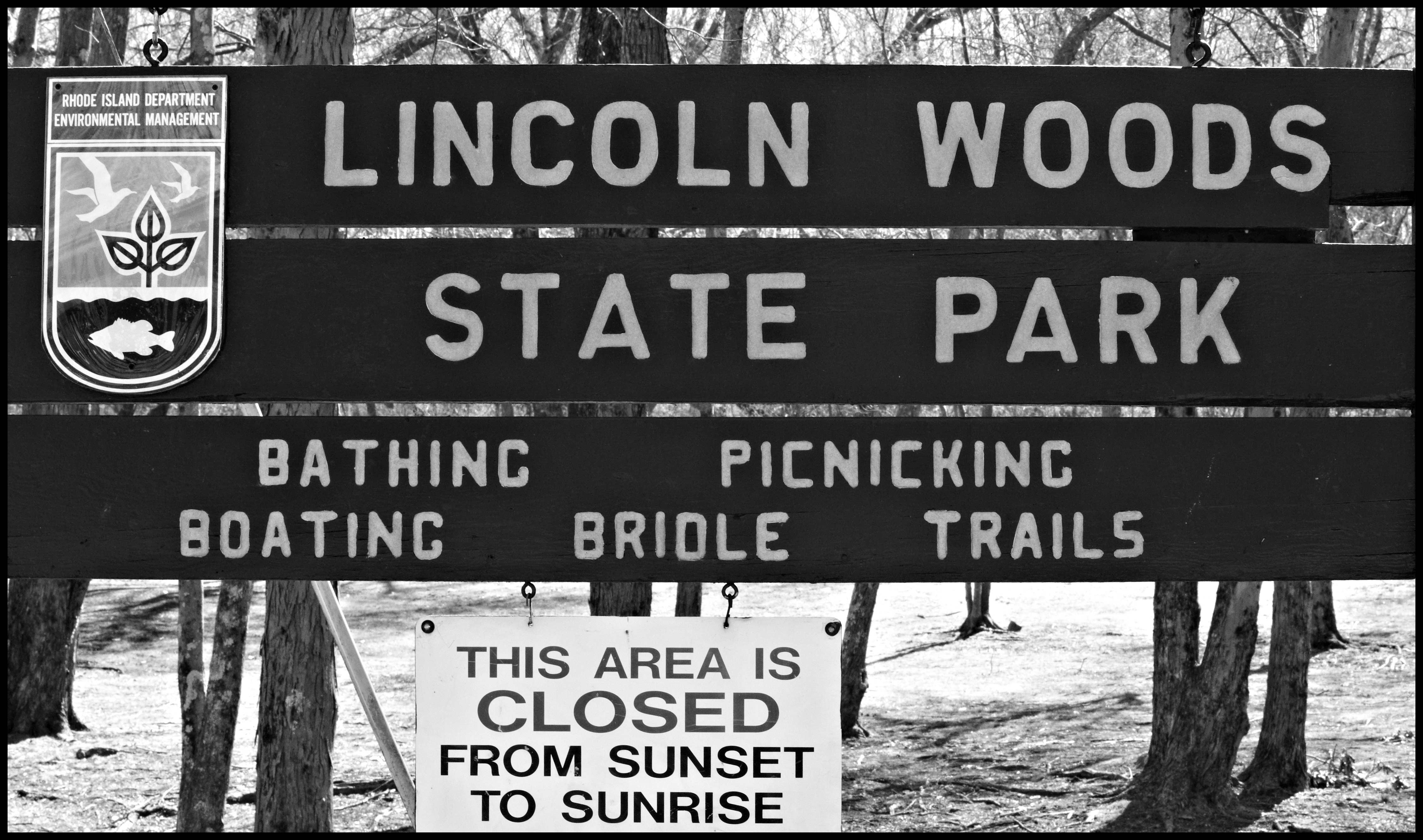
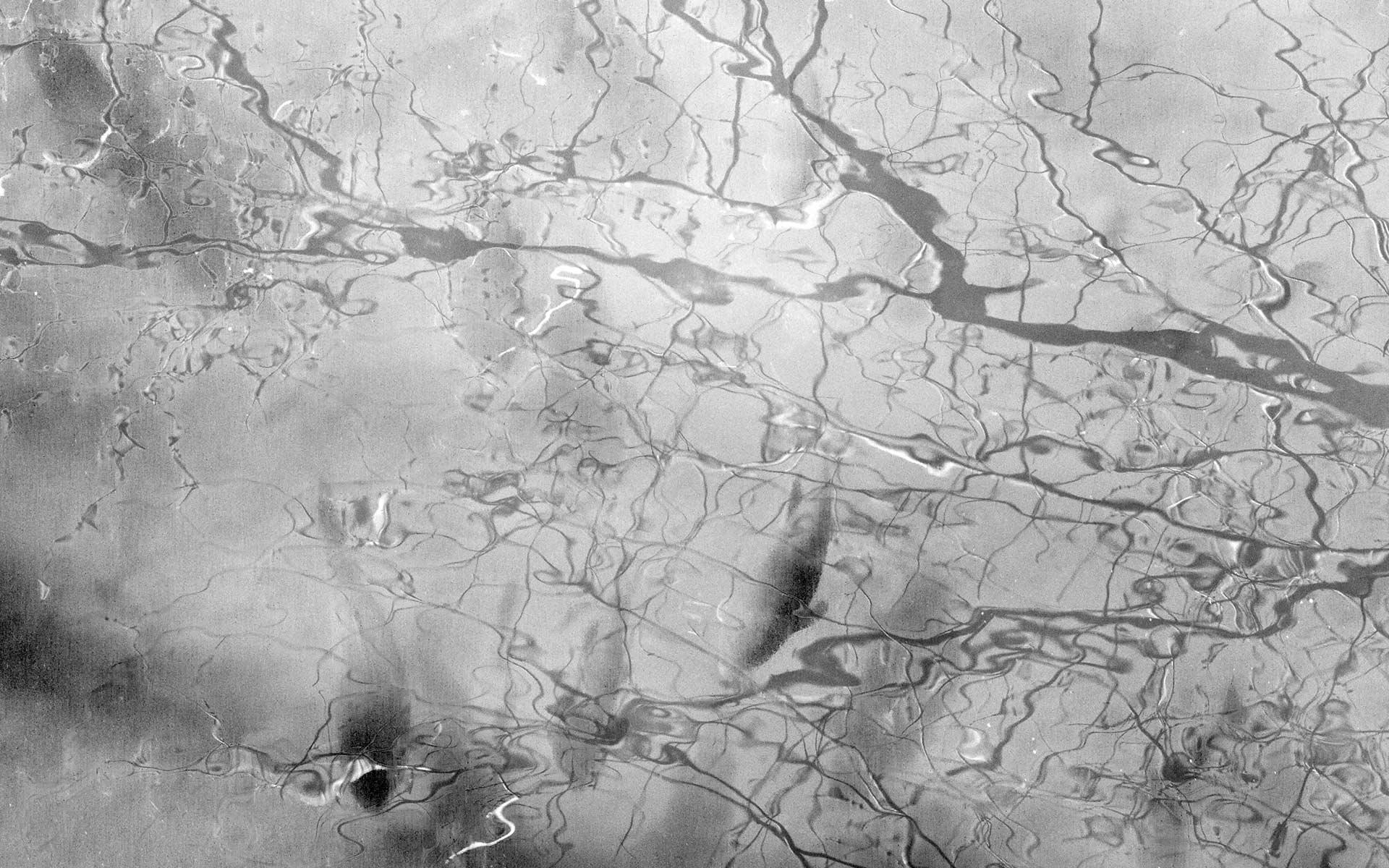
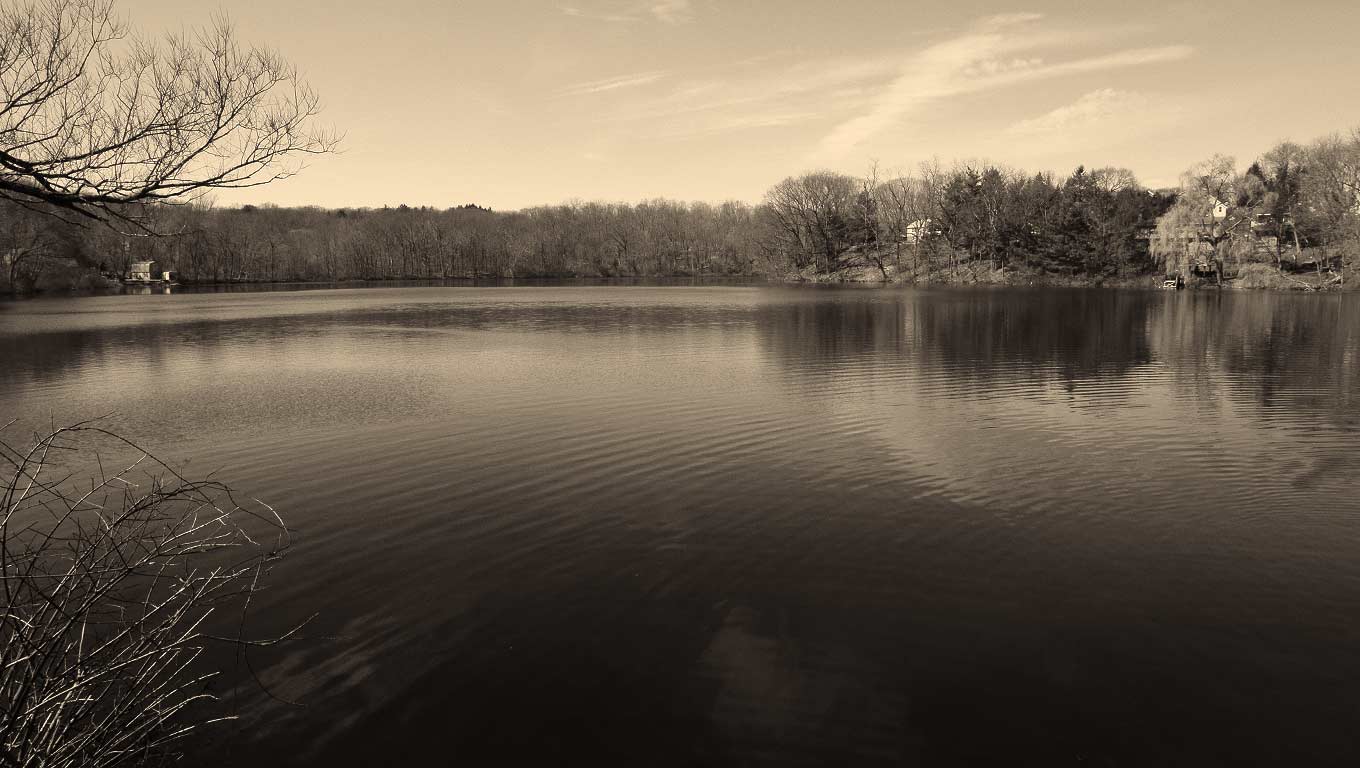
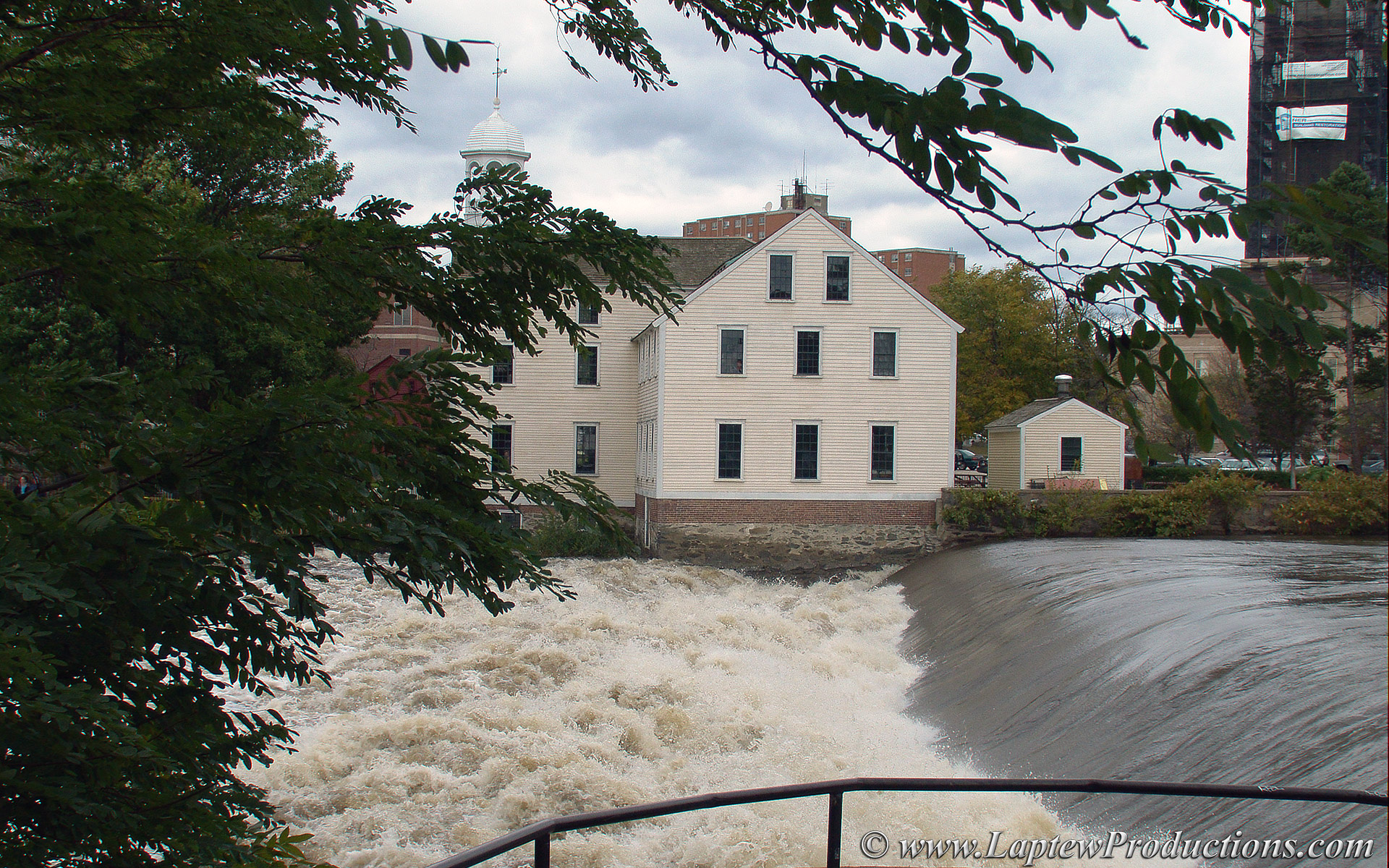
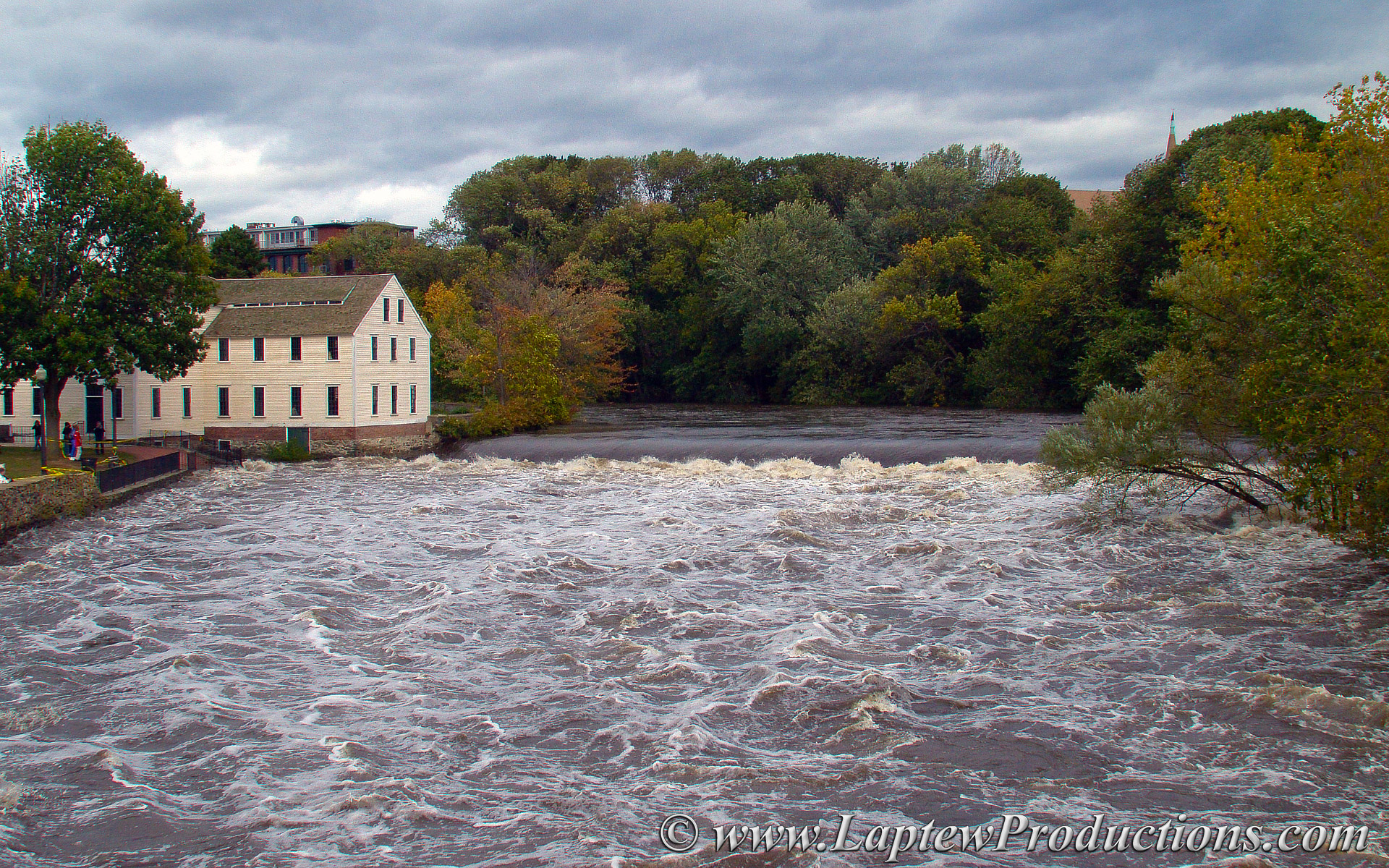
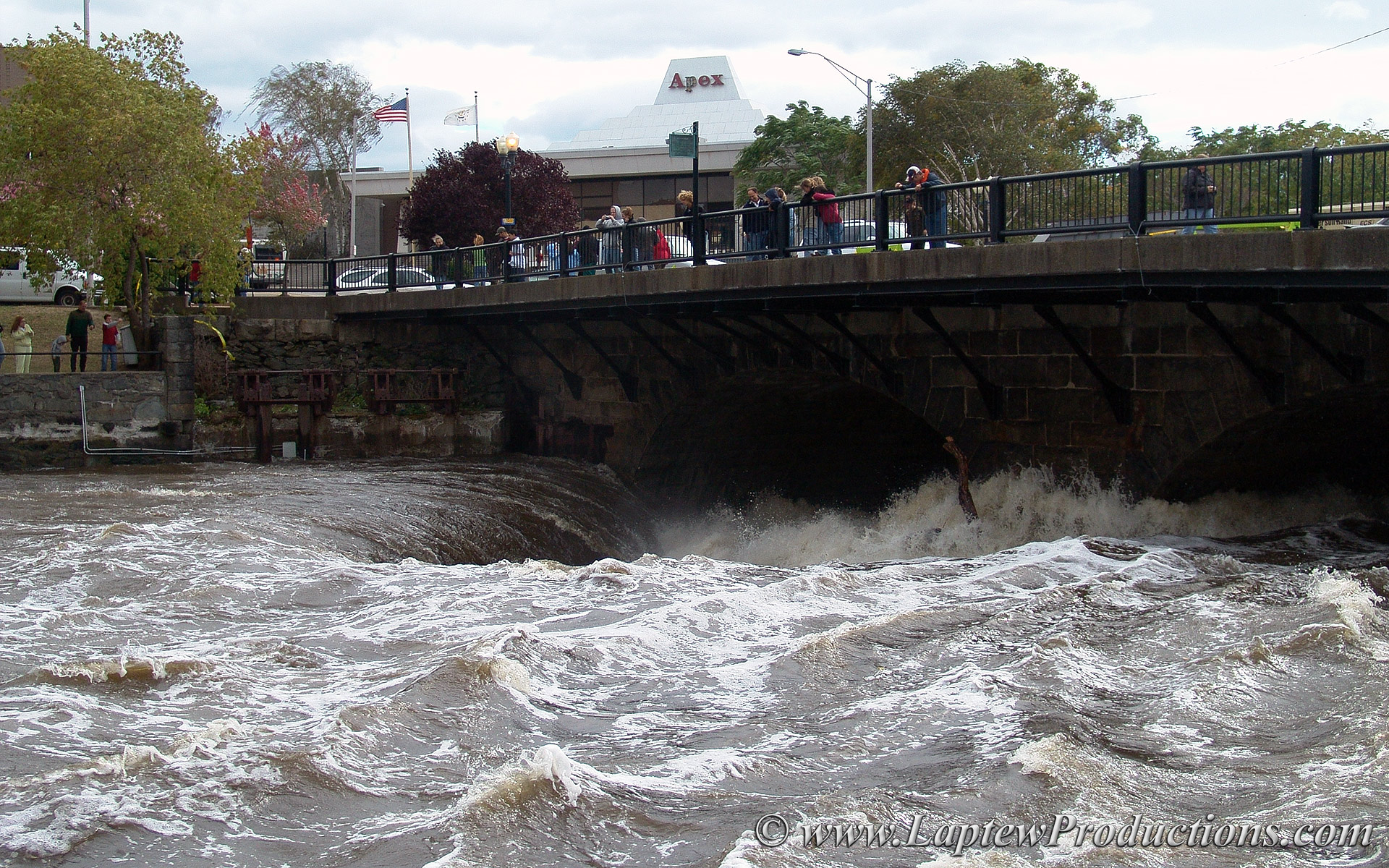















I was more than satisfied to take a series of photos that show off the beauty of a lowly bottom feeder and its habitat.
Check out the full size images by clicking on the pictures below.
Suckers Heading Upstream



